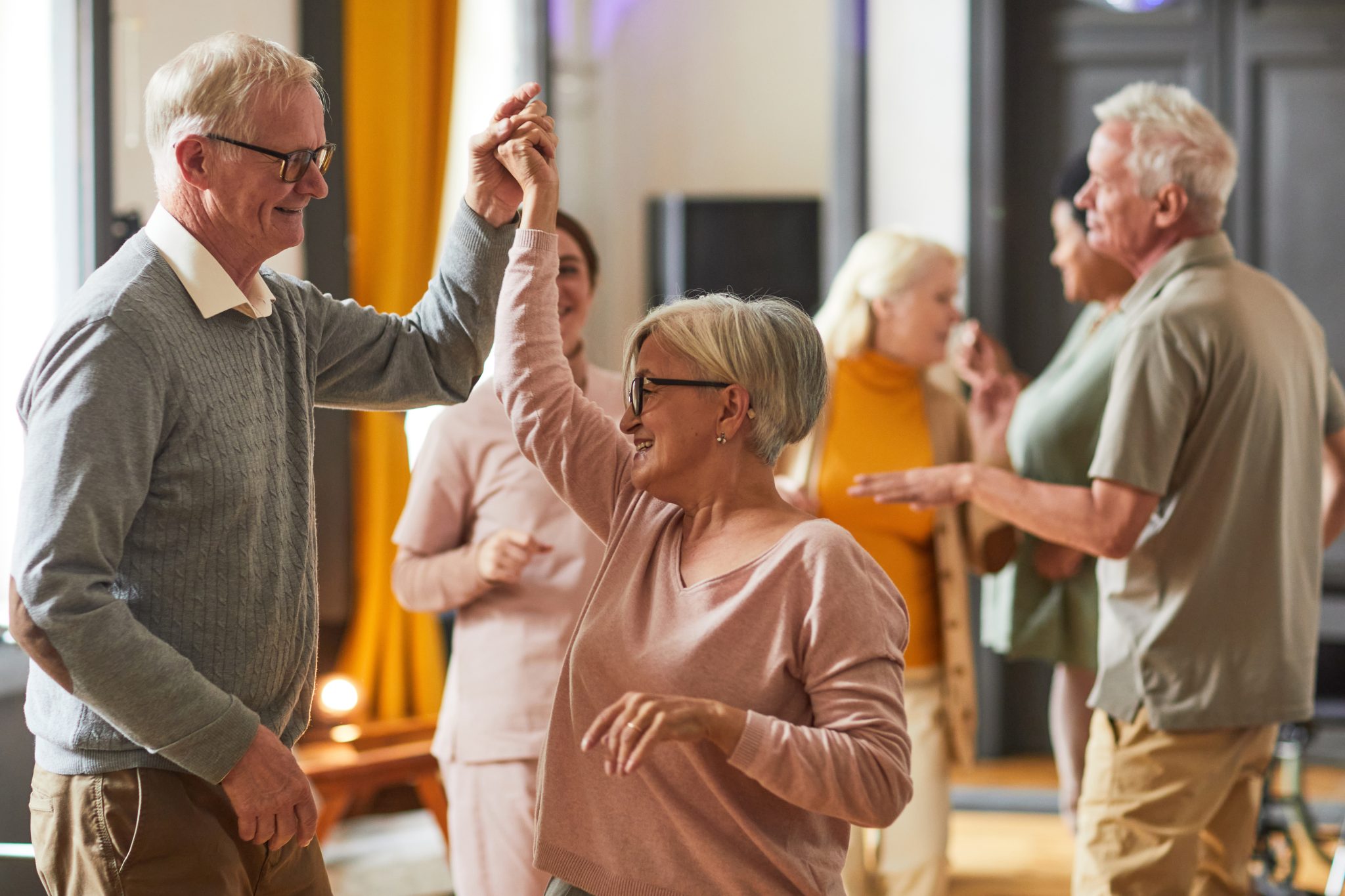Have you ever thought that moving into a Retirement Community could not only help you stay healthier and happier for longer, but it could also help the country? Let us explain.
If you’ve caught even a brief glimpse of the news over the past couple of years, you’ll know that Australia is in the midst of a housing crisis. It’s a situation that won’t be resolved any time soon, according to the Property Council of Australia’s recent report Better Housing for Better Health.

Alongside the housing crisis, according to the report, is the challenge of our rapidly ageing population. With the number of over-65s set to double between now and 2050, many are looking for solutions to where we’ll put everyone – especially with so many of our seniors no longer working and potentially unable to keep up with housing costs.
This is where Retirement Communities can help, according to the report, because they can provide affordable housing options for our seniors, and another alternative to staying in the family home.
“Retirement villages across Australia are already saving the government a billion dollars a year, by delaying residents’ entry into Aged Care, and quite simply, we need more of them,” said Retirement Living Council’s Executive Director Daniel Gannon.
“People who live in retirement communities are less lonely and less depressed than older Australians who live independently, because retirement communities encourage physical wellbeing and social interaction – which all translates to economic benefits for governments.
“For the first time, this report shows how our sector has actual solutions to Australia’s two biggest worrying trends – our housing crisis and our rapidly ageing population.”
Key findings of the report include:
- As a nation, we spend $945 million less each year on residential Aged Care, due to around 11,600 people delaying their entry into Aged Care by two years.
- Retirement Community residents need fewer healthcare interactions, and are:
- 20% less likely to require hospitalisations after only nine months, and
- avoid 14,000 hospitalisations each year.

The report also found that residents of Retirement Communities are:
- 15% more physically active
- 41% happier, and both physically and mentally healthier
- 5 times more socially active
- twice as likely to catch up with family or friends
- Have reduced levels of depression and loneliness, saving governments almost $5 million in additional healthcare costs.
These statistics are backed up by the experience and observations of TriCare’s Retirement Community staff.
“We see the tremendous benefits that our community delivers for our residents each and every day,” says Glenice Robertson, Village Manager at TriCare Hayville. “The laughter, the friendships, the support network – this is what Retirement Community living is all about.
“Our residents have a strong sense of purpose and lead active, engaged lives with their neighbours and friends nearby, and plenty of activities to keep them busy. They have far more than just a nice home here – they have a community that encourages health, happiness and quality of life.”
With around 184,000 Australians currently calling a Retirement Community home, we’re excited to see more and more seniors embracing this lifestyle.
Want to find out more about the benefits of living at one of our TriCare Retirement Communities? Book a tour or make an inquiry below.




